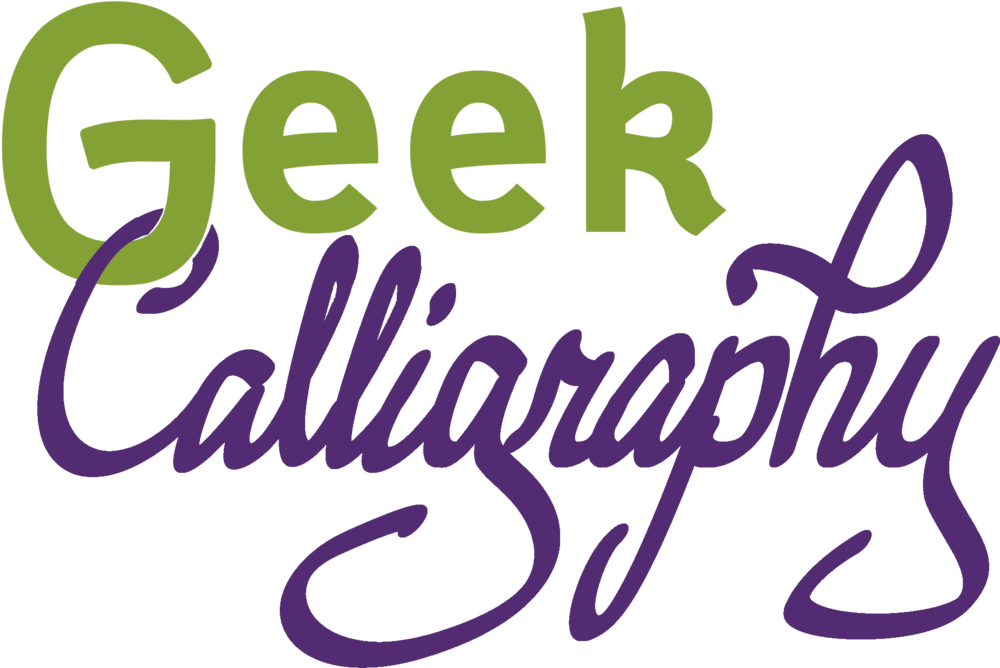The central experience of the con, for me at least, was the Guest of Honor speeches. They have all of the GOHs speak one after the other, right after the dessert salon. Many people, including the friends who dragooned me into attending WisCon, dress up for this. So I did, too. It made it feel much less like attending a con GOH speech and more like hearing a speech at a fancy dinner. I happen to have liked that. I also suspect that a larger percentage of con attendees came to the GOH speeches than at other cons I have attended. They really are the highlight.
The three GOHs this year were Justine Larblestier, Sofia Samatar, and Nalo Hopkinson.
Justine spoke first. She was hilarious. Like, really, really funny. Also, mad props to the closed captioning typist, who was actually interacting with her in real time, to the point that Justine would pause to see what the typist did with her various sounds of excitement and disgust, and then react to that in turn. She spoke about teens and teen literature and the history of the concept of being a teen, and class, and race, and representation. And she started off so funny and at the end we were all just sitting there with our mouths hanging open feeling struck. Or at least everyone around me was. There wasn't any laughter at the end of her speech, just some really hard truths.
Sofia Samatar spoke next. She was wonderfully eloquent speaking about breaking down the borders between genres, but her speech did not hit me as hard. Perhaps it was because I was not a writer.
Nalo Hopkinson went last. Justine tee'd me up, but Nalo knocked me flat. She addressed the Puppies, gatekeeping, hatred in fandom, how easy it is to descend into mob mentality in the name of social justice and called for us to resist that slide, the guilt that can be paralyzing when we fail and hurt someone, and so much more. Wow. I cannot wait for a transcript of her speech. She also announced that she is creating a new award, the Lemonade Award, for people or organizations who make a significant improvement to the fan community. When she talked about starting off by just awarding certificates, it was all I could do not to leap out of my seat and yell "I volunteer as tribute!" Instead I tweeted at her that I would be happy to make the certificates. Then I went up to her after the speeches were done and volunteered in person, giving her my card. I also probably sounded like a blithering idiot, as I was busy thinking "Your speech gave me all the feels! And that's a good thing and I want you to know that, but my feels are my problem, not yours, and I don't want to make you do any emotional labor over me having feelings!" So I blubbered out something about wanting to volunteer, even though I know that maybe as a straight, white, ciswoman I might not be the best one for the job, or possibly not the right art style, but I wanted to volunteer and here's my card and now I am going to cry and ruin my makeup. (The above photo was taken before said crying took place.)
I have not had a con affect me this much since my first con at Arisia 2011. As then, I did not come home the same person, and I cannot wait to come back next year. I met loads of wonderful people and got to spend time with the wonderful friends who brought me along saying "This is the con you share with the people you love!" None of what I wrote truly captures the effect of the experience.
A+ Will definitely repeat.
















